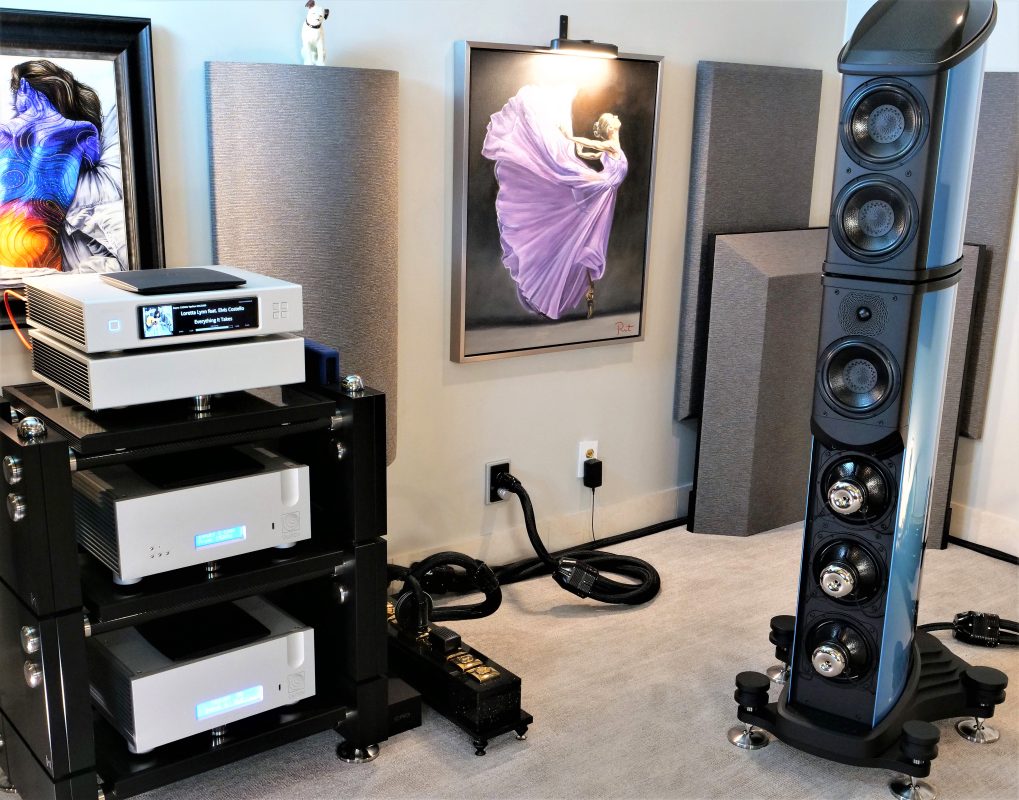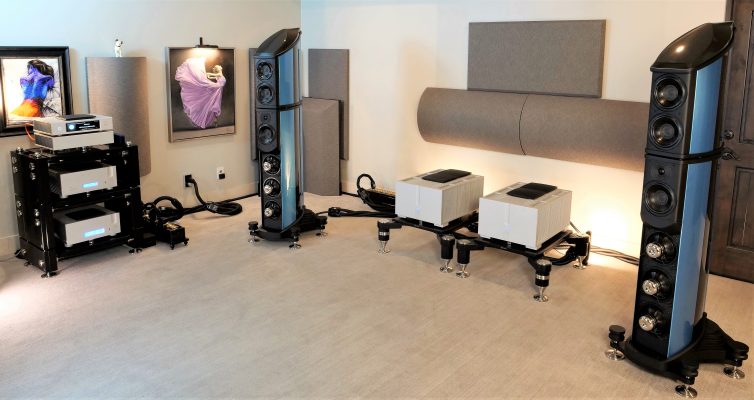Eliminating Radio Frequency Interference (RFI) in Home Theaters
In the realm of home entertainment, a home theater setup offers an immersive experience akin to that of a commercial cinema. However, with the proliferation of electronic devices, the issue of Radio Frequency Interference (RFI) has become increasingly prevalent, potentially compromising the audiovisual quality. RFI can manifest as static, buzzing, or distorted signals, disrupting the viewing and listening experience. To preserve the integrity of your home theater system, it’s crucial to understand RFI and implement effective strategies for its elimination.
Understanding Radio Frequency Interference (RFI): RFI refers to electromagnetic interference caused by radio frequency signals emitted from various electronic devices, including Wi-Fi routers, cordless phones, microwave ovens, and even neighboring electronic equipment. These signals can interfere with the transmission and reception of audio and video signals in home theater components, leading to degraded performance and compromised audiovisual quality.
Identifying Symptoms of RFI in Home Theaters:
- Audio Distortion: RFI can manifest as crackling, popping, or hissing noises in the audio output of speakers or headphones.
- Visual Artifacts: Interference from RFI may result in picture distortion, pixelation, or color shifts on the display screen.
- Signal Dropouts: RFI interference can cause intermittent signal dropouts or loss of connectivity between components in the home theater system.
- Reduced Range: Wireless devices such as remote controls and Bluetooth transmitters may experience reduced operating range due to RFI interference.
Strategies for RFI Elimination in Home Theaters:
- Shielded Cables: Use high-quality shielded cables for connecting audio and video components in the home theater system. Shielded cables help minimize RFI by containing electromagnetic radiation within the cable, preventing it from interfering with nearby devices.
- Grounding: Ensure proper grounding of all electronic devices and components in the home theater setup. Grounding helps dissipate unwanted electrical noise and minimizes the risk of RFI interference.
- Power Conditioners: Install power conditioners or surge protectors with built-in RFI filtering capabilities to clean the power supply and eliminate electrical noise that could introduce interference.
- Ferrite Cores: Attach ferrite cores to cables near their connection points to suppress high-frequency interference. Ferrite cores act as passive filters, absorbing and dissipating RFI signals before they can disrupt the audiovisual signals.
- Separate Power Sources: Avoid connecting sensitive audio and video components to the same power source as high-power devices such as amplifiers or subwoofers. Separate power sources help prevent electrical noise generated by power-hungry devices from affecting the performance of other components.
- Wireless Interference Mitigation: If using wireless audio or video transmission systems, select devices operating on less congested frequency bands or channels to minimize the risk of RFI interference from other wireless devices in the vicinity.
- Positioning: Place electronic devices and components in the home theater setup strategically to minimize proximity to sources of RFI, such as Wi-Fi routers or cordless phones. Maintain adequate spacing between devices to reduce electromagnetic interference.
- Consultation: For complex setups or persistent RFI issues, consider consulting with a professional audiovisual technician or home theater installer. They can provide tailored solutions and recommend specialized equipment to mitigate RFI interference effectively.
Radio Frequency Interference (RFI) poses a significant challenge in maintaining optimal audiovisual performance in home theater systems. By understanding the sources and symptoms of RFI and implementing appropriate mitigation strategies such as shielded cables, grounding, and power conditioning, homeowners can ensure a pristine viewing and listening experience in their home theaters. With careful planning and attention to detail, RFI elimination can be achieved, allowing enthusiasts to fully immerse themselves in the magic of home cinema.






















